The Electoral Process Worksheet. In other U.S. elections, candidates are elected immediately by popular vote. This usually occurs through the party’s primaries and caucuses. Displaying all worksheets related to – Electoral Process. The Senate elects the vp from the remaining top two candidates.
But the president and vice chairman usually are not elected instantly by citizens. Instead, they’re chosen by “electors” via a process referred to as the Electoral College.
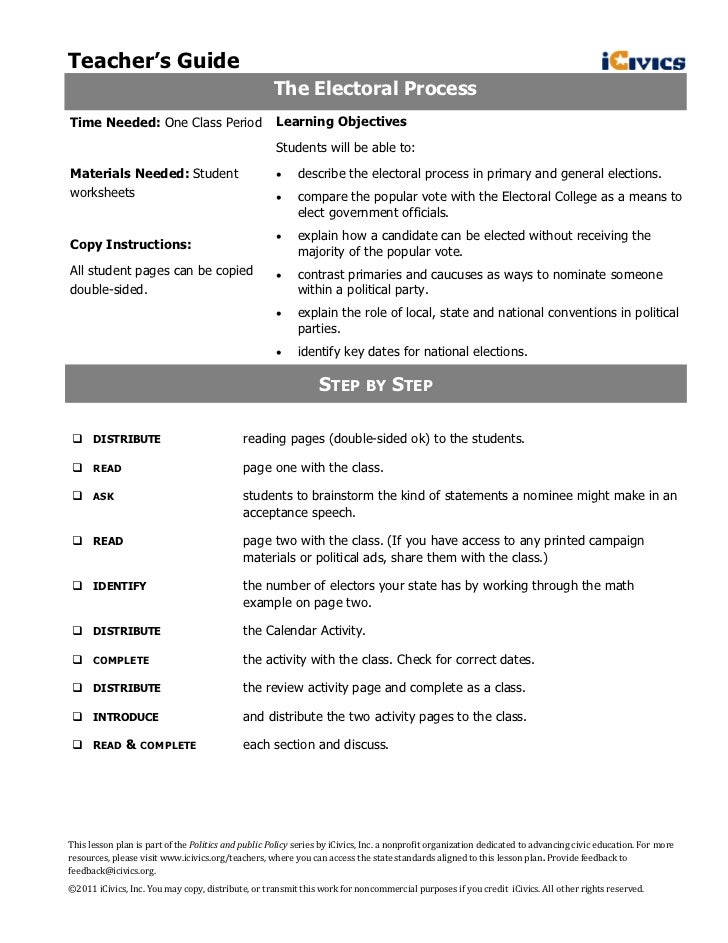
Pledged, or bound delegates must help the candidate they had been awarded to through the primary or caucus process. Early January of the subsequent calendar year – Congress counts the electoral votes.
Overview Of The Presidential Election Process
In uncommon cases, not certainly one of the party’s candidates has a majority of delegates going into the convention. The convention is taken into account “contested.” Delegates will then decide their presidential nominee via a number of rounds of voting.
Both primaries and caucuses may be “open,” “closed,” or some hybrid of the 2. July to early September – Parties hold nominating conventions to choose their candidates. Lots of individuals dream of turning into President of the United States.
Chapter 7: The Electoral Process
In 1824, the House of Representatives elected John Quincy Adams as president. A .gov web site belongs to an official government organization within the United States.
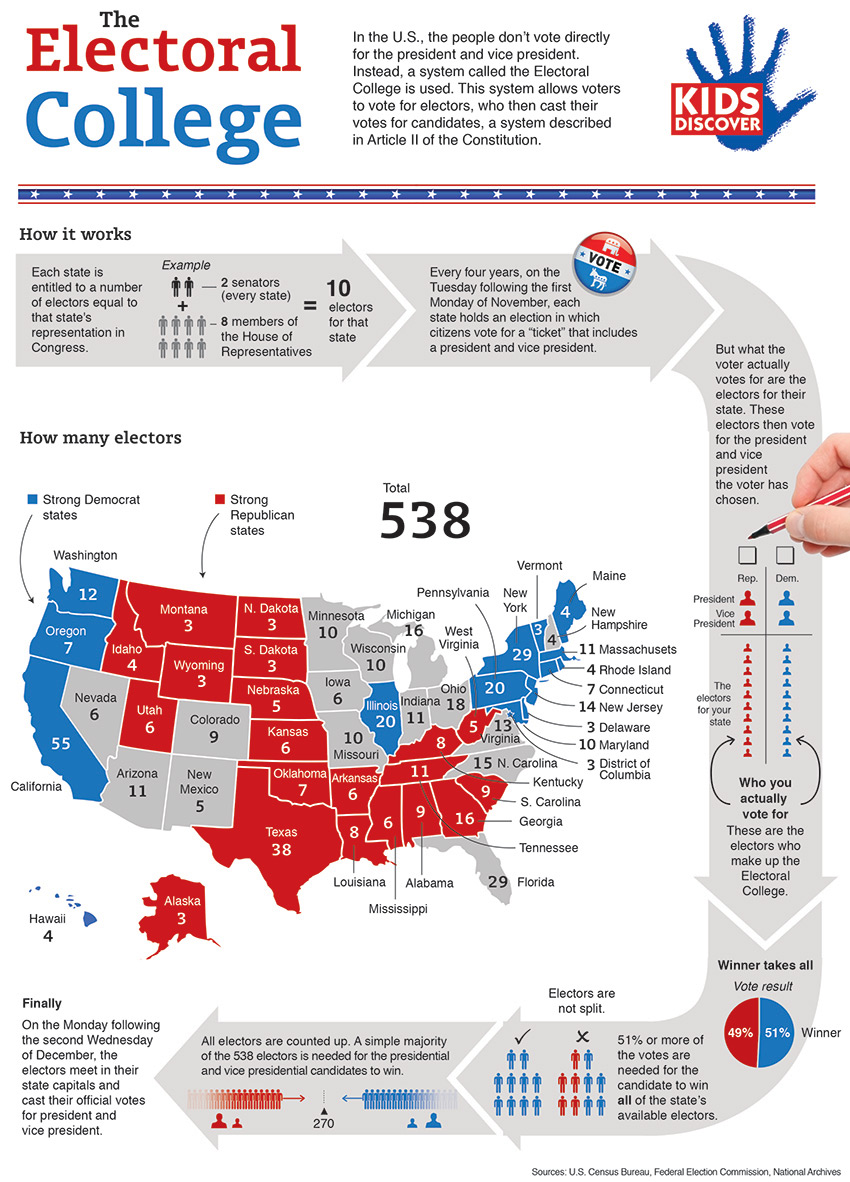
Displaying all worksheets associated to – Electoral Process.
Presidential Primaries And Caucuses
Now that the Midterm U.S. Elections are nearly done, its time for you to revise the knowledge of how the election system works in the united states Practice as a result of the following presidential election is closing in quick and its better you…
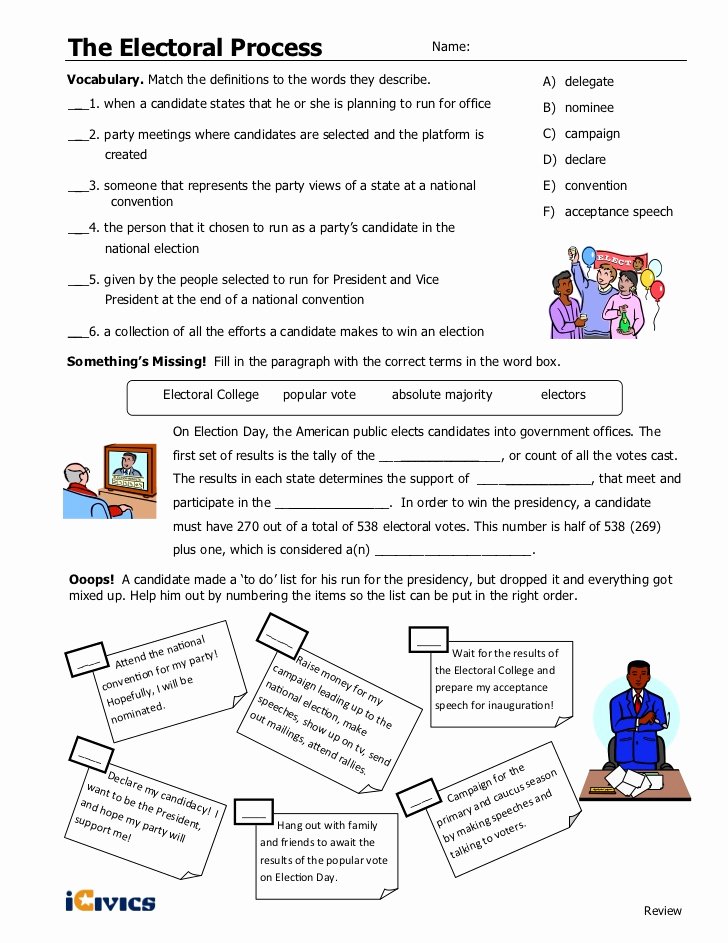
People with related concepts normally belong to the same political get together. The two primary parties in the U.S. are Republican and Democrat. In most instances, a projected winner is introduced on election night time in November after you vote.
U S Constitutional Requirements For Presidential Candidates
In the occasion no candidate receives a majority, the House of Representatives chooses the president and the Senate chooses the vp. To turn out to be the presidential nominee, a candidate typically has to win a majority of delegates. This normally happens via the party’s primaries and caucuses.
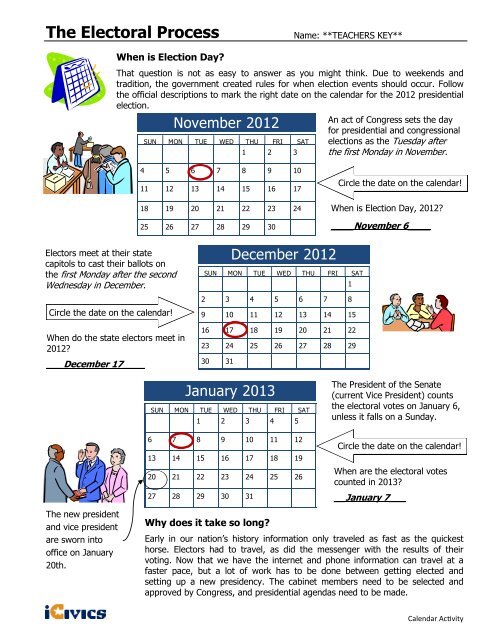
But if no candidate will get nearly all of a party’s delegates in the course of the primaries and caucuses, convention delegates choose the nominee. Before the final election, most candidates for president undergo a collection of state primaries and caucuses.
How Does The Electoral College Process Work?
This quiz is about the electoral strategy of electing presidents and any other candidates. Unpledged delegates or superdelegates can support any presidential candidate they choose.

The strategy of utilizing electorscomes from the Constitution. It was a compromise between a preferred vote by citizens and a vote in Congress.
Electoral Course Of
The Presidential candidates marketing campaign all through the country to win the help of the final inhabitants. In primaries, celebration members vote in a state election for the candidate they wish to represent them within the general election. In caucuses, celebration members meet, talk about, and vote for who they assume can be the best get together candidate.
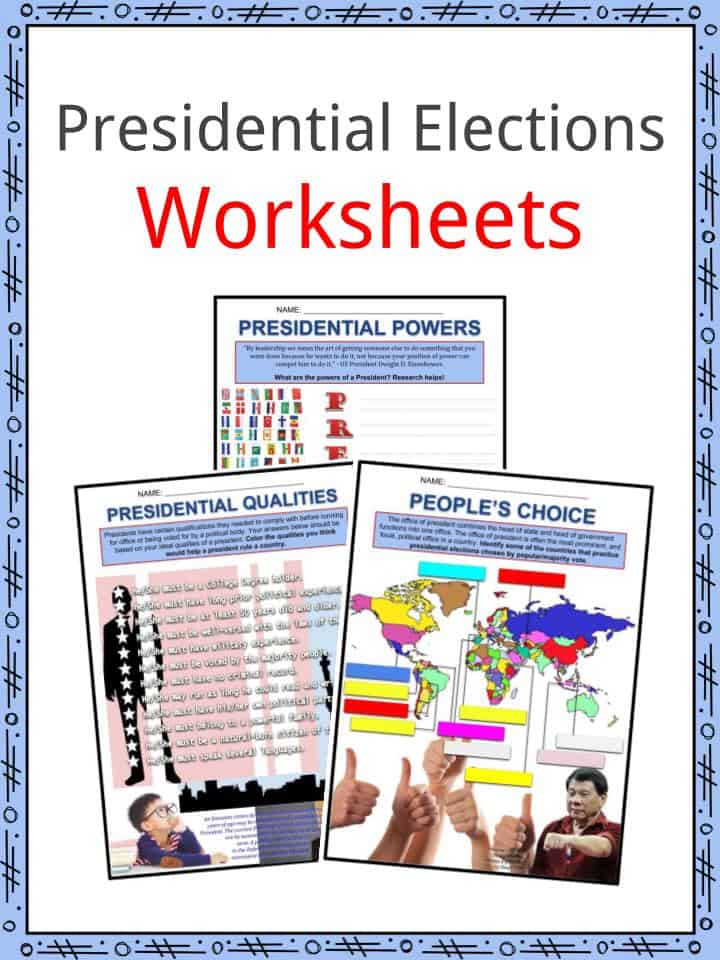
In most, members divide themselves into teams based on the candidate they assist. Each group offers speeches supporting its candidate and tries to get others to hitch its group.
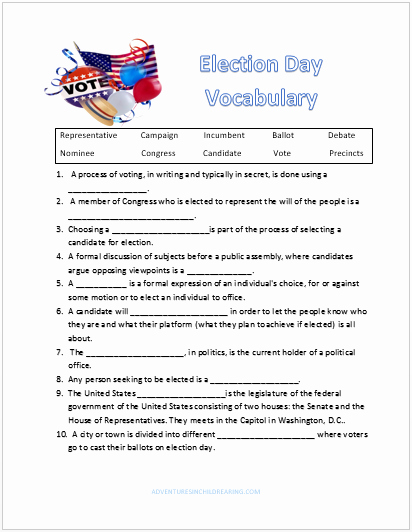
When folks solid their vote, they are truly voting for a gaggle of people calledelectors. They campaign across the country and compete to try to win their party’s nomination.

But the tally of those votes—the popular vote—does not decide the winner. Instead, presidential elections use the Electoral College. To win the election, a candidate should receive a majority of electoral votes.
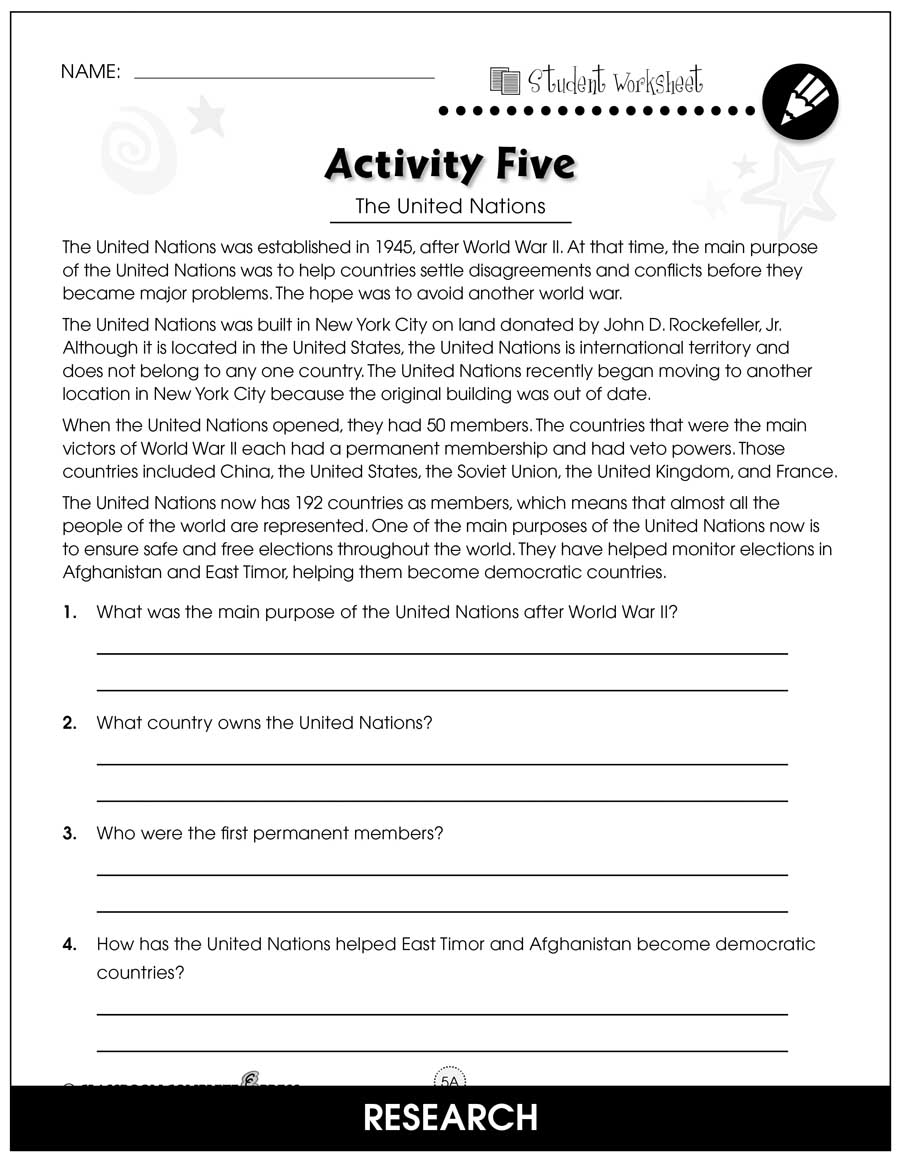
Superdelegates can’t vote in the first round except a candidate already has enough delegates by way of primaries and caucuses to get the nomination. Explains the presidential election process from starting to end. Each elector casts one vote following the final election.
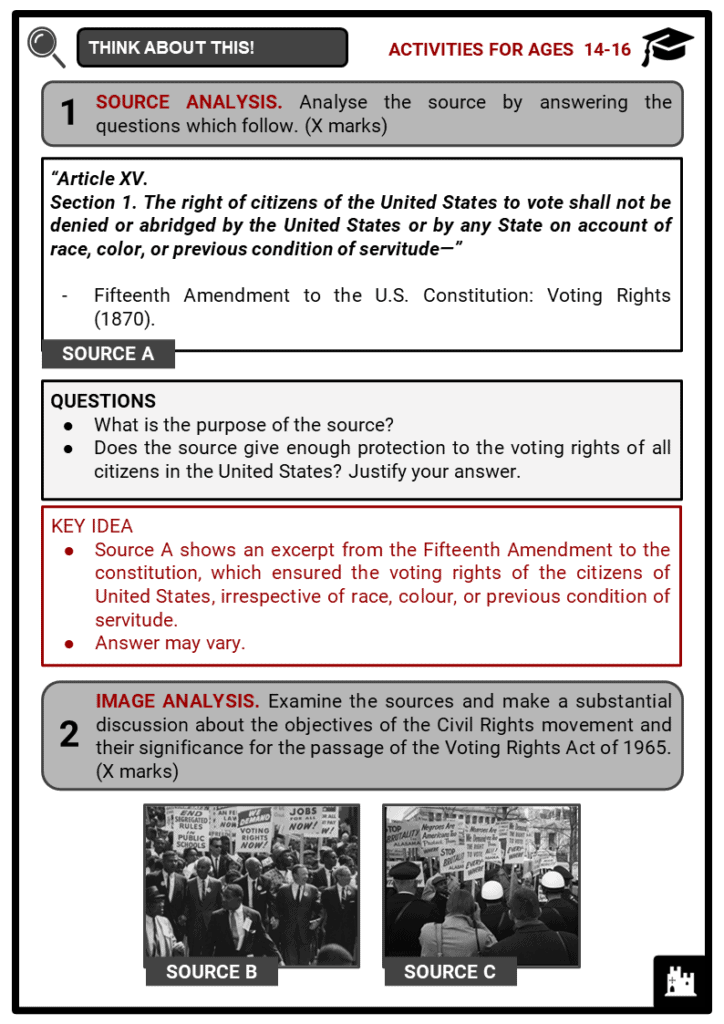
Balloting continues till one candidate receives the required majority to win the nomination. In the primary round of voting, pledged delegates often should vote for the candidate they were awarded to firstly of the convention. During a closed primary or caucus, solely voters registered with that party can take part and vote.

This is when the successful candidates receive their nomination. At stake in each main or caucus is a certain variety of delegates. These are individuals who represent their state at nationwide get together conventions.
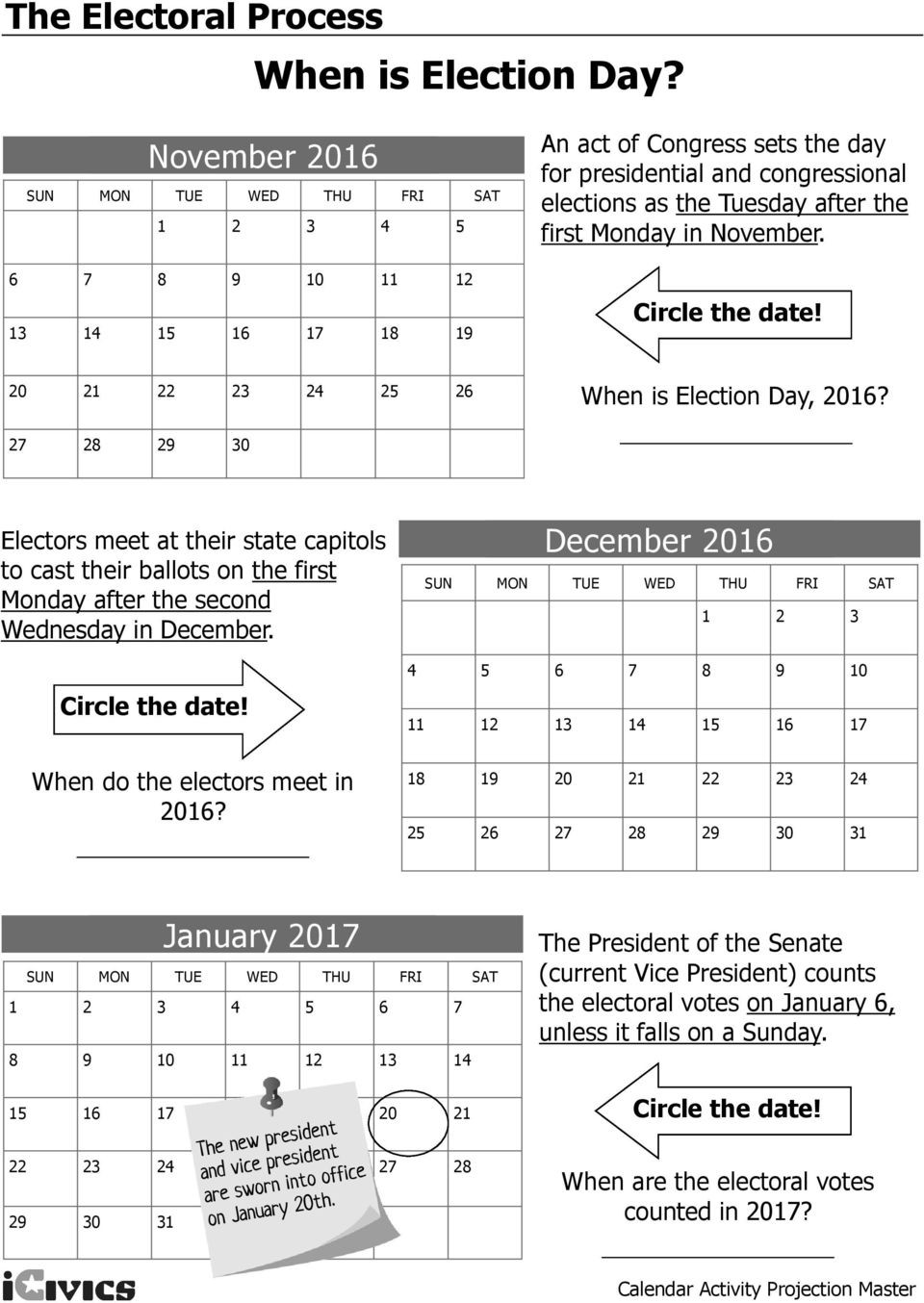
Each get together additionally has some unpledged delegates or superdelegates. These delegates are not sure to a selected candidate heading into the nationwide convention. In different U.S. elections, candidates are elected immediately by in style vote.
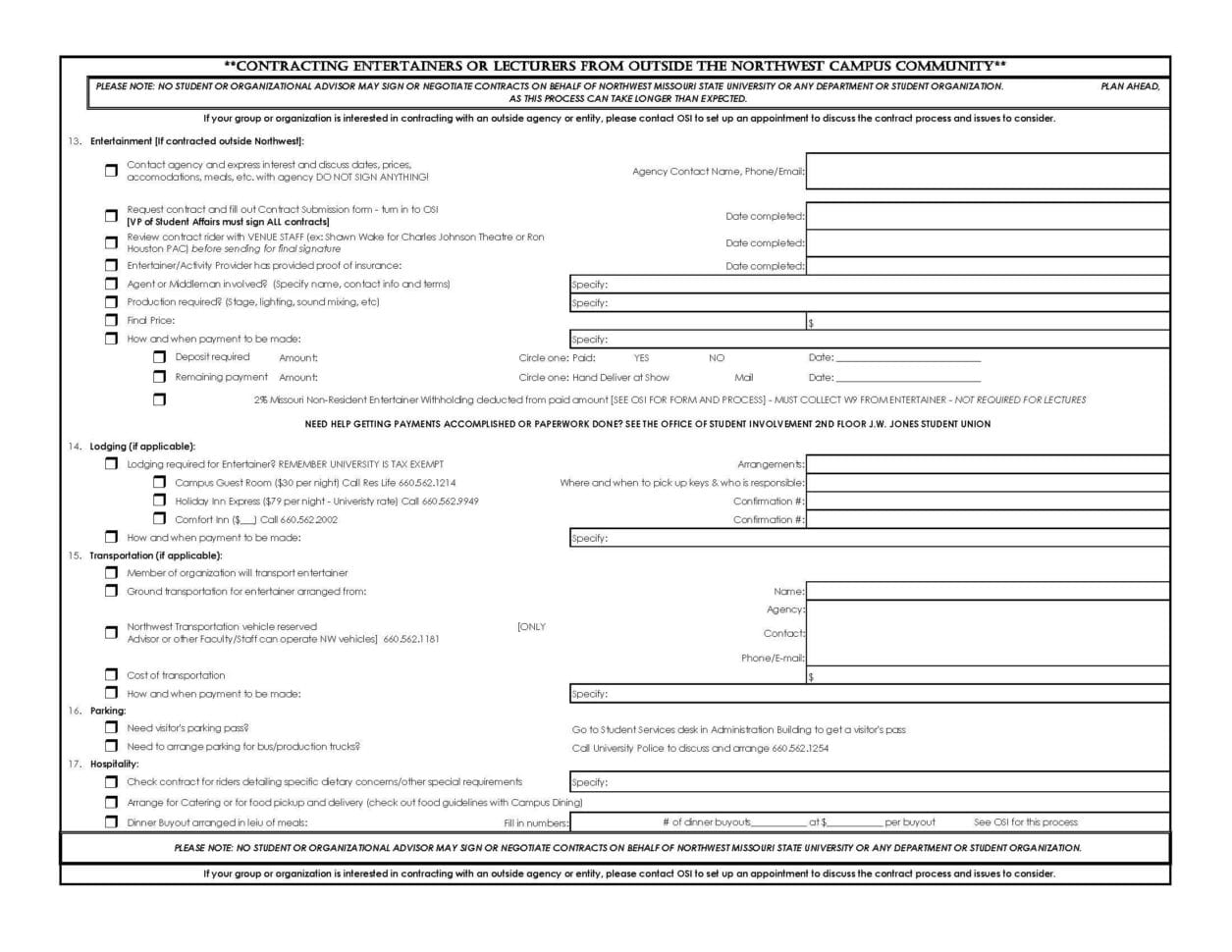
At the top, the variety of voters in every group determines how many delegates each candidate has gained. If you’re an American citizen, 18 years of age or older, you have the right to vote for presidential candidates in the national election. Delegates from every state go to national conventions, the place they announce the celebration’s official candidate.
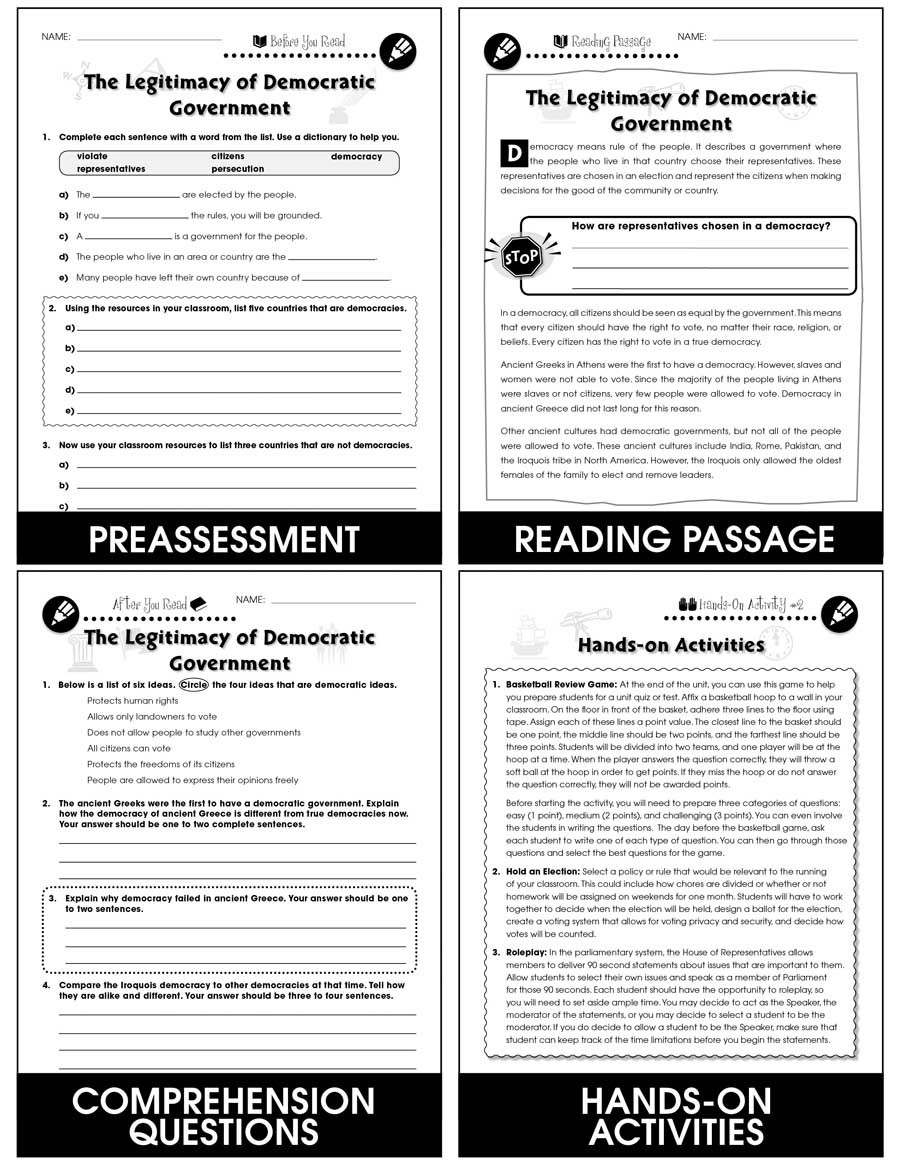
The student understands events that remember and exemplify fundamental values and principles of American democracy. Anyone who meets these requirements can declare their candidacy for president. Once a candidate raises or spends greater than $5,000 for his or her marketing campaign, they mustregister with the Federal Election Commission.
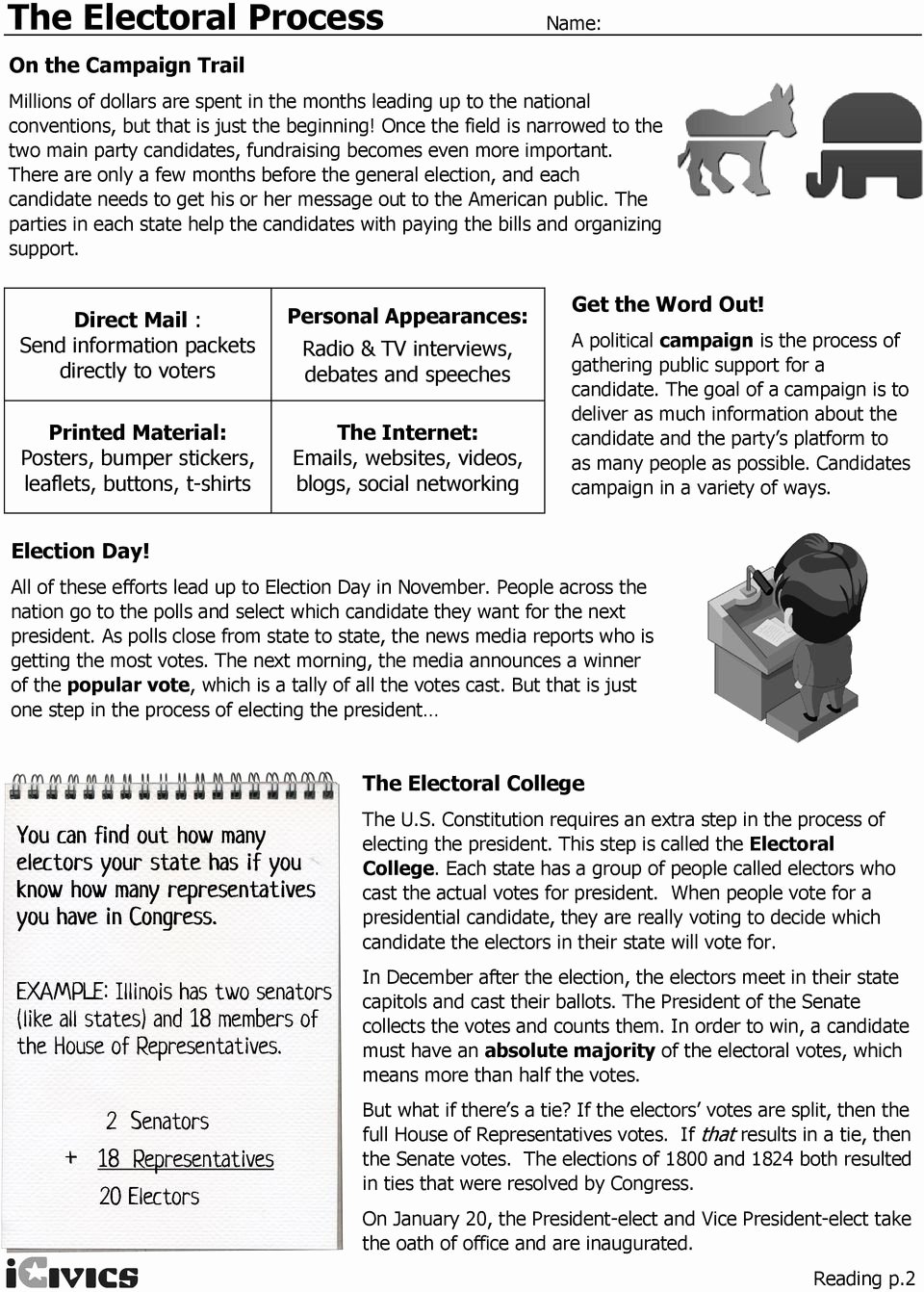
That includes naming a principal marketing campaign committee to lift and spend marketing campaign funds. “Semi-open” and “semi-closed” primaries and caucuses are variations of the two primary types.
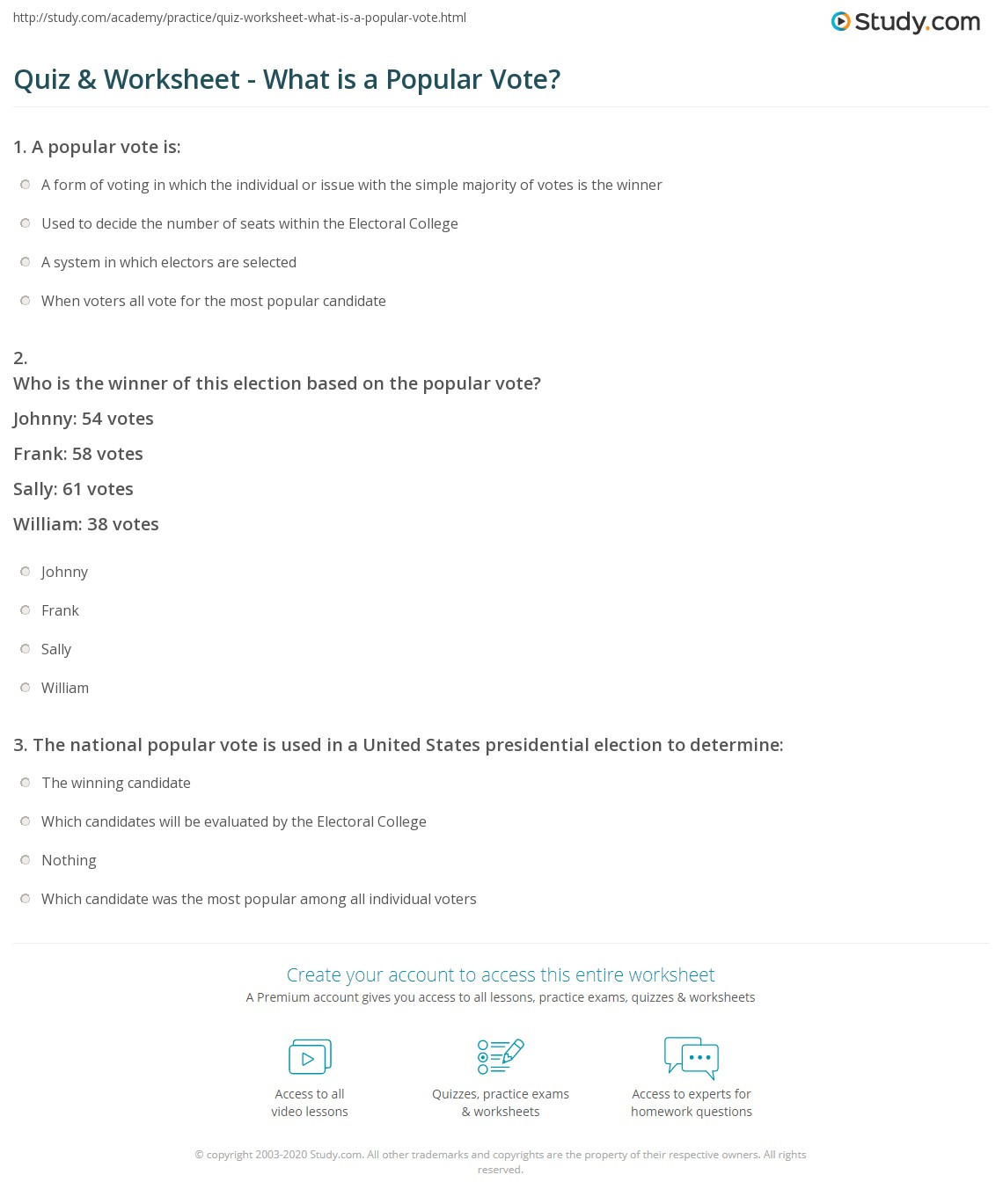
In 48 states and Washington, D.C., the winner will get all of the electoral votes for that state. Maine and Nebraska assign their electors using aproportional system.

But to officially run for office, a person needs to fulfill three basic necessities established by theU.S. How democratic values got here to be, and the way they have been exemplified by people, occasions, and symbols. The nominating course of is critically essential to the democratic governement.
During a political celebration conference, each presidential nominee additionally proclaims a vice presidential operating mate. The candidates then campaign across the nation to clarify their views and plans to voters. They may also participate in debates with candidates from other events.
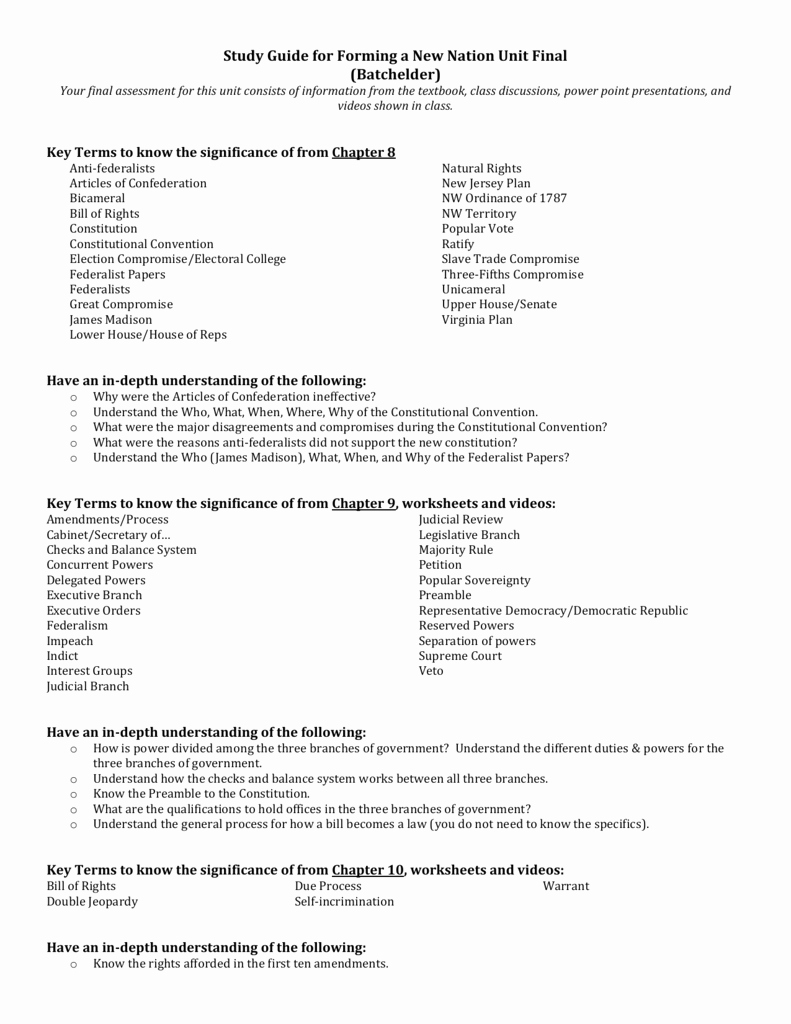
While theConstitution doesn’t require electors to vote for the candidate chosen by their state’s well-liked vote, some states do. The rare elector who votes for someone else could also be fined, disqualified and replaced by a substitute elector, or potentially even prosecuted.

But the actual Electoral College vote takes place in mid-December when the electors meet of their states. See the Electoral College timeline of events for the 2020 election. Each state’s political parties choose their very own slate of potential electors.Who is chosen to be an elector, how, and when varies by state.
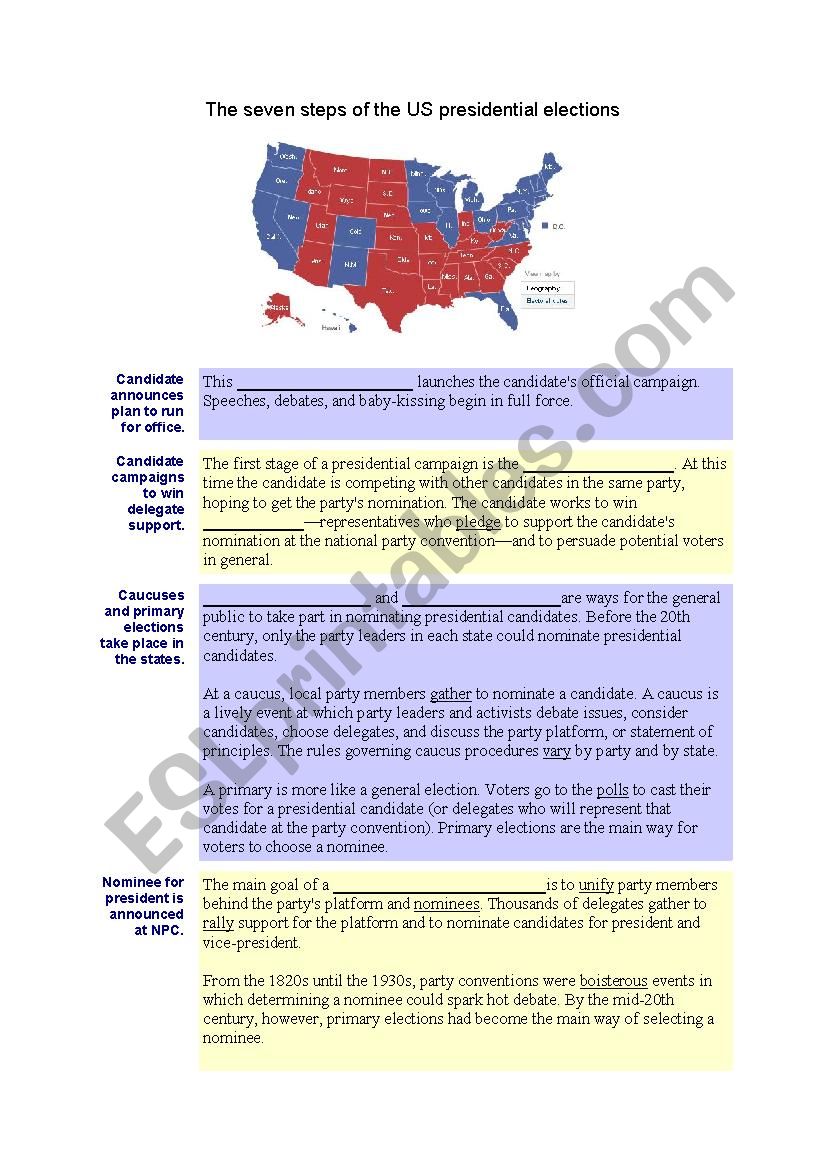
An election for president of the United States occurs each 4 years on the primary Tuesday after the first Monday in November. The most recent presidential election was November three, 2020.

During an open primary or caucus, folks can vote for a candidate of any political get together. A candidate needs the vote of at least 270 electors—more than half of all electors—to win the presidential election. After you cast your ballot for president, your vote goes to a statewide tally.
